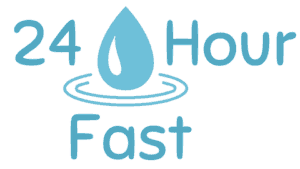When I first started fasting, I rarely thought about what I was doing before my fasts. I was focusing on what to do when hunger hit during the fast, how to break a fast safely, but never about optimizing what I ate right before it. But a successful fast has as much to do with what you eat before the fast, as the fast itself. So what to eat before a fast? Let’s dive into this and make sure we are setting ourselves up for success!
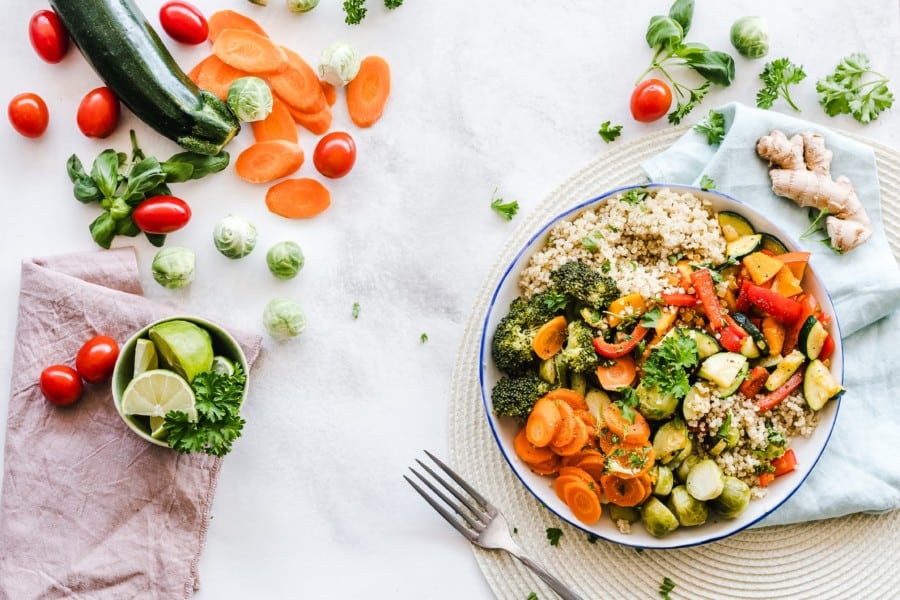
Quick fasting overview
Fasting can offer a myriad of benefits and with intermittent fasting becoming more and more popular over the last few years, different methods of fasting are commonly practiced.
But they all follow the same principle: a certain duration allocated to fasting, with no food or significant calorie intake ingested, and an eating window which allows for regular food and drink intake. The most common intermittent fasting schedules are:
- 16/8 method: Fasting for 16 hours and eating during the remaining 8-hour window. This can be adapted to any duration, like 14/10 for example (14 hours fasting and 10-hour eating window) which is more manageable for fasting beginners.
- 24-hour fasts: fasting for a full 24-hour period. This can be done in a few different ways. Some people do it once a week, some twice a week (also called 5:2 method) or even every other day (called alternate-day fasting).
- Prolonged fasts: it is possible to undertake a fast for longer than 24 hours, those are in the realm of extended fasts and should be practiced with more caution. They are not done as frequently as the intermittent fasts as they are more intense.
The guidelines and tips detailed below will be helpful regardless of the type of fast you want to undertake. Now let’s see what we should focus on before a fast!
Stay well hydrated
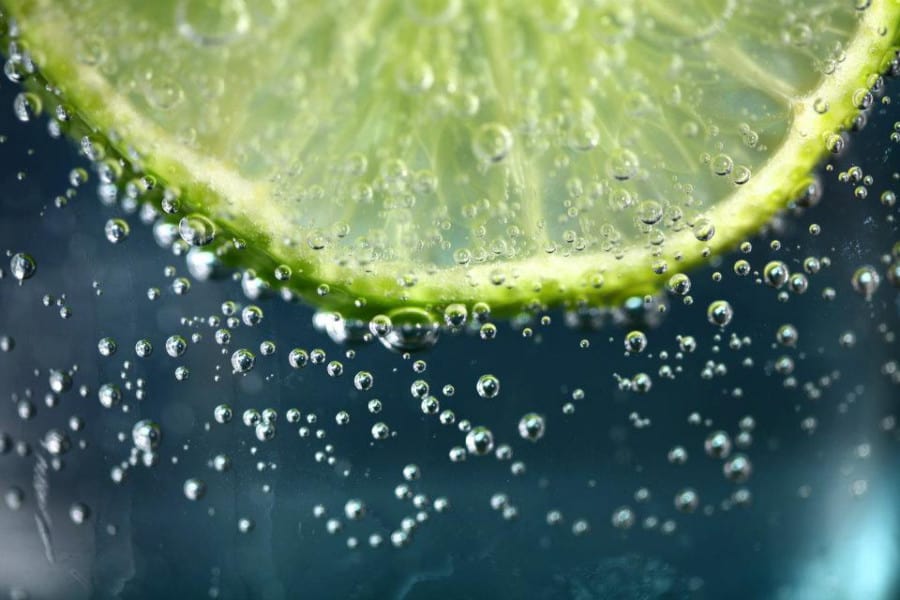
This is not a surprising one, but easier said than done if not focusing on it. Part of the water intake we get comes from the food we eat. So when fasting, we are missing out on that part. And while it’s important to stay well hydrated during the fast, making sure you get an adequate water intake before the fast is as important.
You definitely don’t want to start your fast in a dehydrated state. Drinking a lot of water throughout the day will help you curve cravings more easily. It will also help you reduce any symptoms of dehydration when starting your fast, like fatigue, nausea, or dizziness.
In addition to drinking water, you can also favor bone broth before your fast, during your eating window. It’s obviously hydrating but also contains a handful of electrolytes like sodium, magnesium, potassium, calcium, folate, and vitamins.
It’s very easy to do it yourself, it takes time to let it cook though so you may want to plan ahead. One of my favorite cookbooks ever is Run Fast Eat Slow, it has a great chicken bone broth recipe. But you can also purchase the bone broth in stores, prefer organic high-quality brands if possible.
Another way to increase your water intake is to make sure you eat a lot of vegetables with high water content. Cucumber, celery, bell pepper, lettuce, spinach, zucchini, broccoli are just a few examples. We will talk more about vegetables soon, but know that they are a great way to step up your water intake.
Decrease caffeine intake
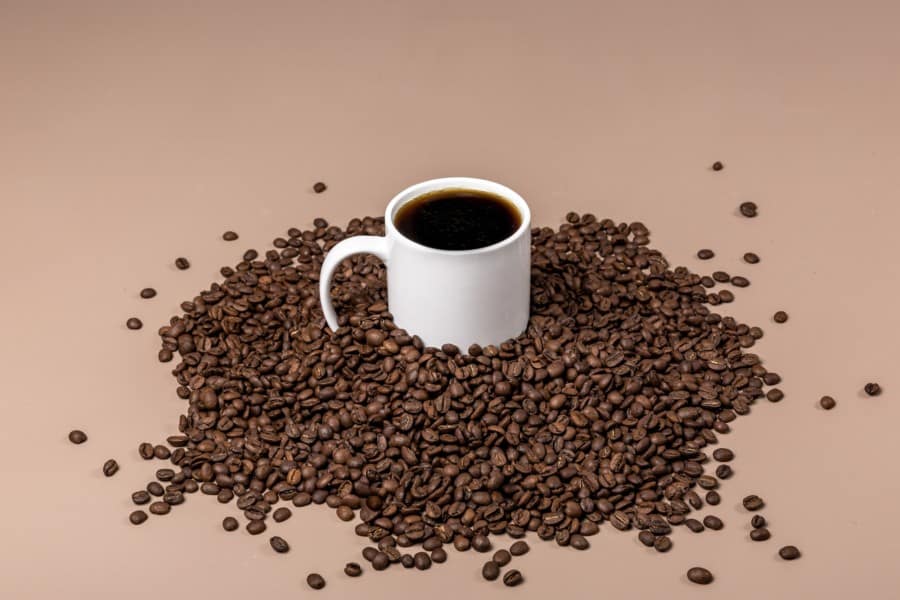
If you don’t follow a daily intermittent fasting schedule, or if you are planning a prolonged fast, reducing your caffeine intake leading up to the fast can be helpful. Especially if coffee, tea, and other caffeinated beverages are not going to be part of your fasting drinks.
Now, you might have heard me say that before, but my main goal when starting and engaging with any new habit is SUSTAINABILITY. And with sustainability comes flexibility. In my daily fasts, I not only allow myself to drink water but also black coffee or tea. That is what makes my fasts manageable, consistent, and sustainable in the long term.
Because intermittent fasting is a way of life, my caffeine intake is small but existent, most of the days. If you are a coffee or tea drinker and planning to try intermittent fasting, you may want to keep it that way. Of course, limiting the caffeine intake to a minimal and reasonable amount is recommended.
But this tip of reducing caffeine comes handy when planning prolonged fasts or 100% water fasts. Reducing the caffeine intake prior to the fast will prevent caffeine withdrawals, if any, to happen at the same time as the fast itself.
Focus on nutritious food
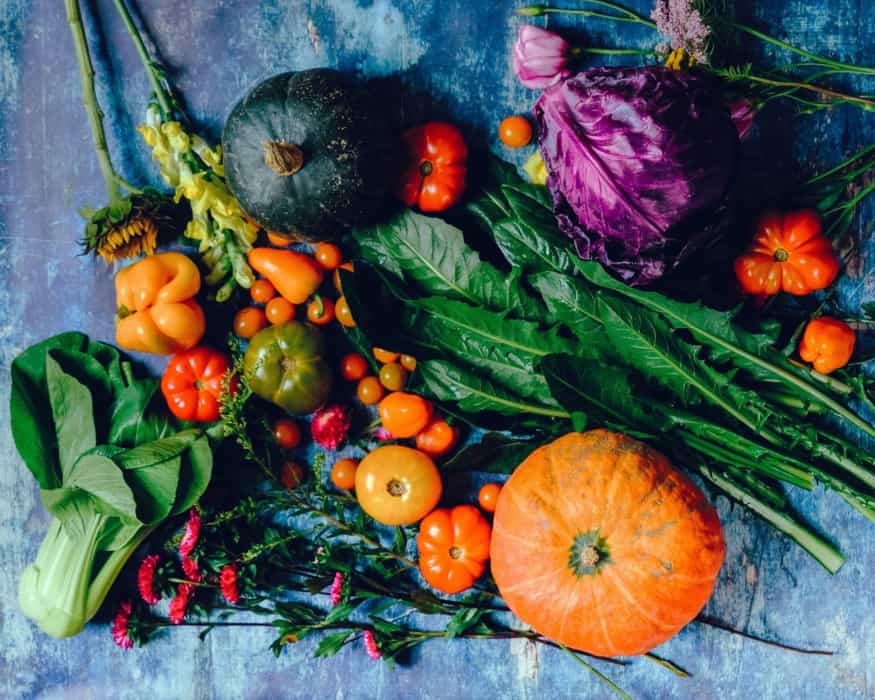
When fasting, we obviously have extended periods of time without any nutrients going into the body. This can lead to great benefits like metabolic health benefits, gut rest, fat loss, weight loss, autophagy, disease risk reduction, lifespan expansion, …
Regardless of your main reason for fasting, those benefits cannot be achieved if nutrition on the other hand is ignored. Fasting doesn’t make eating junk food suddenly okay, for example. So you want to make sure you eat rich-nutrient foods during your eating window, as much as possible. In order to prevent any nutrient imbalance or deficiency in the long term.
Vegetables
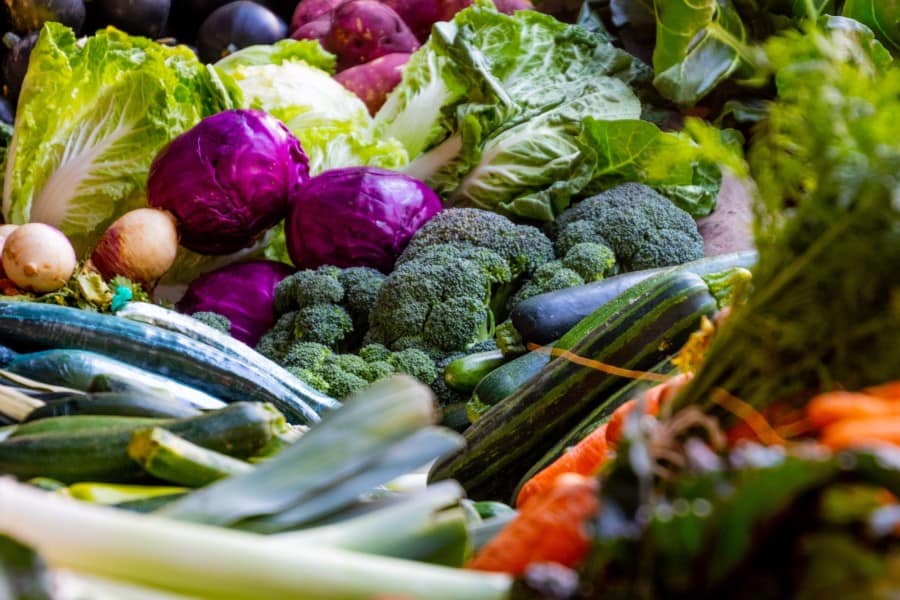
You really cannot go wrong with vegetables. Whether you are planning a fast or not, prioritizing vegetables is essential as part of a healthy diet. I always favor organic when possible, especially for the ones included in the Dirty Dozen list, created by the EWG. Those are the ones with the highest content in pesticides.
From a nutrition standpoint, it’s important to have vegetables that are high in insoluble fiber. For example leafy greens like spinach, kale, bok choy, or swiss chard. Cruciferous veggies are also a great addition to your meals before fasting, they provide many benefits and are high in vitamins, minerals, and antioxidants. This can include broccoli, cabbage, or cauliflower.
The advantage of the vegetables, apart from being dense in nutrients and vitamins, is that they can make you satiated without being too high in carbohydrates. So you won’t be subject to a sugar crash, right at the beginning of your fast.
Legumes
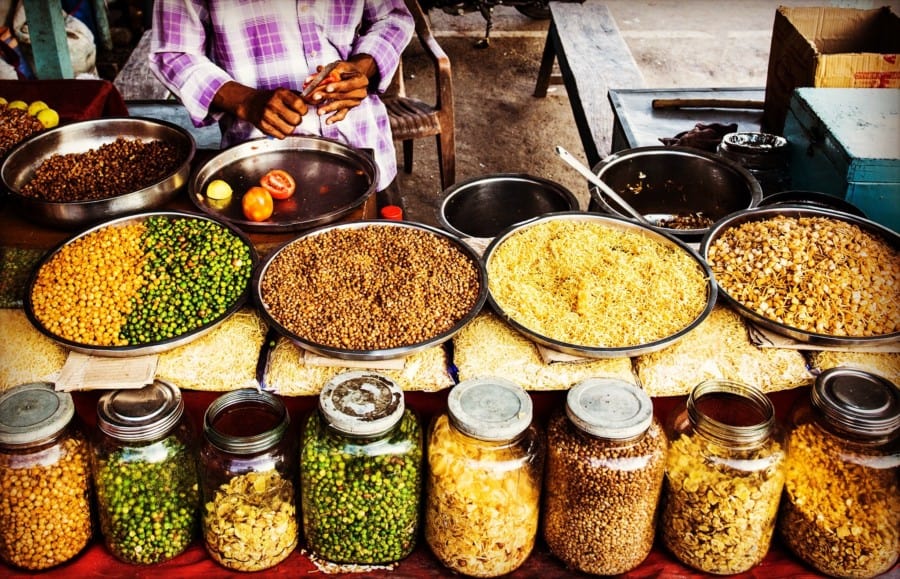
Legumes like beans, lentils, or peas are a good source of fiber and protein. Beans and lentils contain resistant starch, which are carbohydrates that don’t break down too easily and have a limited impact on the blood sugar level and insulin reaction.
They can be a great addition to a varied diet before a fast, but a few important points about those:
- They will be easier to digest if you soak them overnight and throw out the water before cooking them. Organic, BPA-free canned beans can also be a good alternative.
- Keep the amount reasonable. Ideally no more than 1/2 cup a day. If you are very active you may be able to tolerate more.
- They can lead to digestive issues and leaky gut, depending on your health status. If you find them difficult to digest, you may want to get the nutrients they contain in other types of food (like vegetables, animal proteins, …).
Healthy fats

Healthy fats and fasting
If you are on a ketogenic diet, you probably know all about fats already. But regardless of your diet, healthy fats are extremely important. Especially before a fast.
See, when you fast, after several hours (anywhere between 12 to 18 hours), your body would have exhausted its glycogen reserves and start using stored fat for energy. This state is called ketosis, as your body uses ketone bodies as fuel, instead of glucose.
While healthy fats should be part of any balanced diet, the idea behind eating them before a fast is that it will make the transition between a high-fat (low-carb) diet to fasting much easier.
If you are planning a prolonged fast, it might be interesting to start a high-fat diet like a ketogenic one several days before starting your fast. You will gradually deplete your glycogen reserves and enter ketosis faster and in a smoother way.
Regarding intermittent fasting, which involves a daily fasting period, it’s more about your overall everyday diet. Some people decide to combine a ketogenic diet and intermittent fasting. I personally eat a lower amount of carbs that I used to but not to the point of a ketogenic diet.
In summary, eat healthy fats. We know now that they are NOT the ones that make you fat or sick (carbs have more to do with this).
So what to eat?
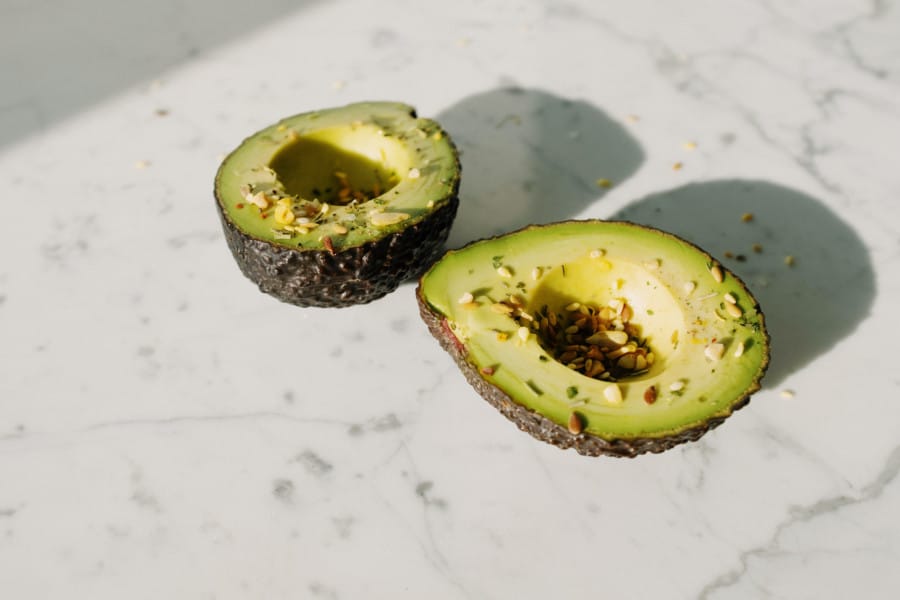
Healthy fats can come in the form of avocado (my favorite!), fatty fish like salmon, sardines, mackerels, herrings, anchovies. Olive oil, avocado oil, and coconut oil are good to add to your dishes as well. Nuts and almonds are also great options. And don’t forget chia seeds, they can be easily added to smoothies, breakfast bowls, or overnight puddings (very easy to do!).
Watch the quantity as they are very rich in nutrients and calories but those are good calories, beneficial for your body.
What you want to stay away from at all costs are trans-fats. They are most commonly found in processed foods like chips, fries, processed snacks, store-bought meals, … Preferring whole-foods in your diet as much as possible is an efficient way to stay away from those.
Another advantage to incorporate healthy fats in your meals before fasting is that they are calorie-dense food. You don’t need to eat a high volume to get your nutrients and energy in. Since starting your fast bloated after over-eating is not what you want to do, so eating foods rich in high-quality calories and nutrients will be helpful.
Proteins
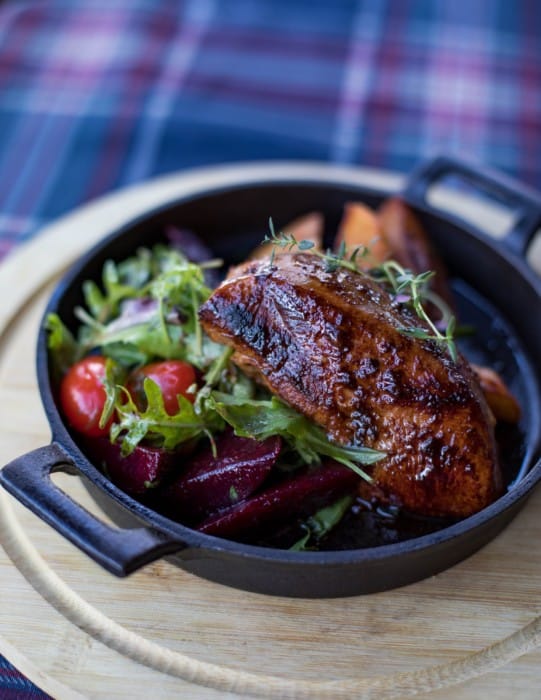
It’s important to eat the right amount of proteins that your body needs. Not overdoing it, but not eating enough can be detrimental as well. The average adult needs between 60 and 90 grams of protein per day, even more, if you are very active. Before a fast, it’s important to make sure you got the proteins that your body needs.
When we think of protein, we usually think of meat. But proteins exist in literally every food. However, they don’t all contain the same amount. I am well aware that meat has been demonized in the last decades and a lot of people choose to become vegetarian and vegan. Allow me to still talk about meat as part of a healthy diet. It doesn’t mean that it is the only way to do it.
Different food, different protein content
While you are totally free to choose the diet that fits best your ideology and beliefs, having an understanding of the amount of protein in the different types of foods is important to make sure you get the amount you need, from the sources you choose.
For example, beef, veal, lamb, pork, chicken, tuna, sardines, salmon, and cheese have more than 20 grams of protein per 100 grams of food. Eggs have 13 grams of protein per 100 grams of food.
On the other hand, if we look at plant-based proteins, peanut butter and almonds have over 20 grams of proteins per 100 grams. Oats have around 17 grams of proteins per 100 grams. While tofu, lentils, and black beans have around 9 grams of proteins per 100 grams.
You can see that it is easier to get a higher amount of proteins from animal sources. If you are vegetarian or vegan, be aware of this to make the necessary planning and efforts to reach your requirements. Also, supplementing in essential vitamins and amino acids may be necessary as only quinoa, soy and buckwheat contain all nine essential ones.
About meat
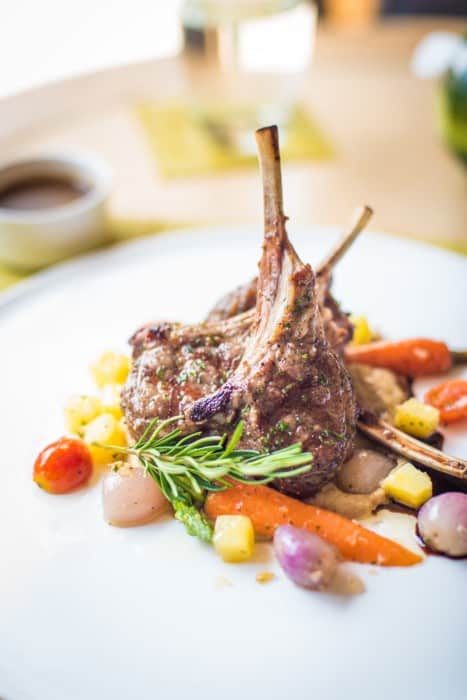
If you eat meat, it’s important to watch the amount. It’s good to have a half to three-quarters of your plate being vegetables and only a small amount of meat. Because of the high protein content, it will be enough. A lot of people eat too much meat compared to what they really need.
Also, reduce as much as possible processed meat and conventionally raised meat. The way factory farming is done is full of health, ethical, and environmental issues, just to mention a few. If possible, prefer grass-fed meat as the ideal option, or organic one as the next best one. It’s more expensive so might not be possible all the time. But in the end, if you can afford it, I believe it’s worth the price, even if you only look at the quality of the food.
Don’t forget: you are what you eat ate. This concept comes from Mark Hyman’s book: Food: What the heck should I eat? If you want clear information about nutrition and food, I highly recommend this book.
Summing it up
Proteins are important nutrients that cannot be neglected. You can find it from both animal and plant-based sources. It’s easier to get get a higher protein content from animal sources. So depending on your diet, make sure you know what your body needs and the amount contained in the foods you eat.
Most of your plate should contain vegetables. If you eat meat, smaller amounts than what we have been conditioned to think are usually enough.
Quality carbs
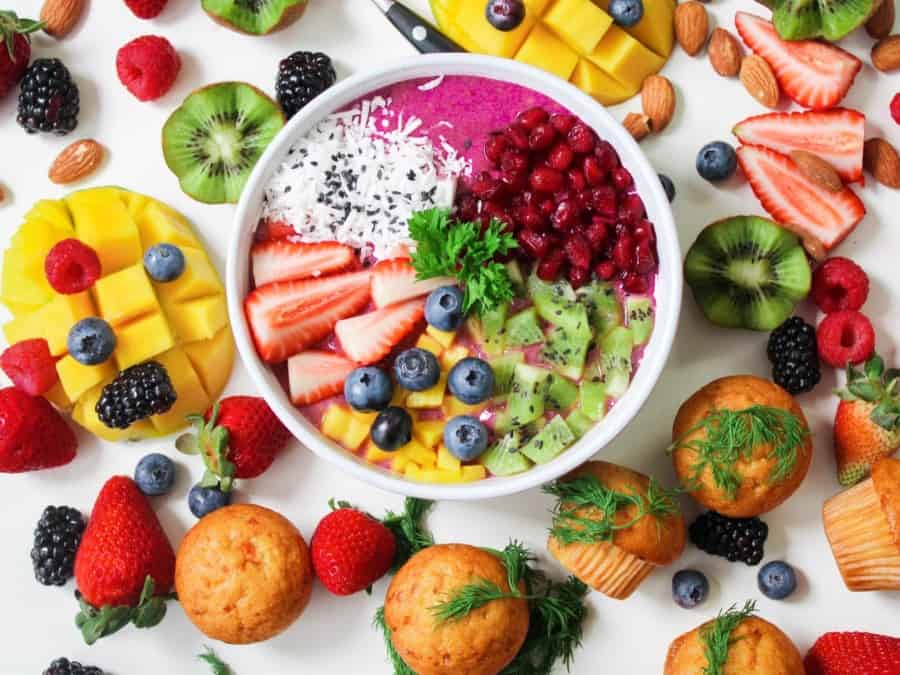
Carbs? Really?
Carbohydrates are starting to be controversial in the light of high-fat and ketogenic diets. Fats have been demonized for so long, while really we should have been looking at carbs.
We now have studies that show that a high-fat and low-carb diet has a greater impact on weight loss than a high-carb low-fat one. That doesn’t just stop at weight loss, unrefined fats from plants and animals also lead to superior overall health. The largest randomized controlled study, called the PREDIMED study, highlighted that a high-fat diet can reduce diabetes, obesity, and heart disease.
So should you eat carbs? Well, theoretically we have no biological need for carbohydrates. But let’s be realistic here, they are part of a lot of foods. Vegetables contain carbs as well. And that’s exactly the point. There are different types of foods containing carbs that will have a whole different impact on your body.
Whether or not you are following a high-fat diet is up to you. I lack scientific evidence to say whether it’s beneficial in the long term. But there is definitely evidence to show that a high-carb diet is NOT beneficial, whether in the short or long term. It can lead to weight gain and increase disease risk.
My personal opinion wants my body to keep the ability to use both carbs and fats. I drastically reduced the amount of carbs I eat on a daily basis. Not to the point of a ketogenic diet.
But again, it’s what works well for me right now and everyone is different. The main point to remember is reducing the amount of carbs and focusing on healthy fats (along with LOTS of vegetables and enough proteins for your needs) is KEY. Whether you are preparing for a fast or not.
So what to eat?
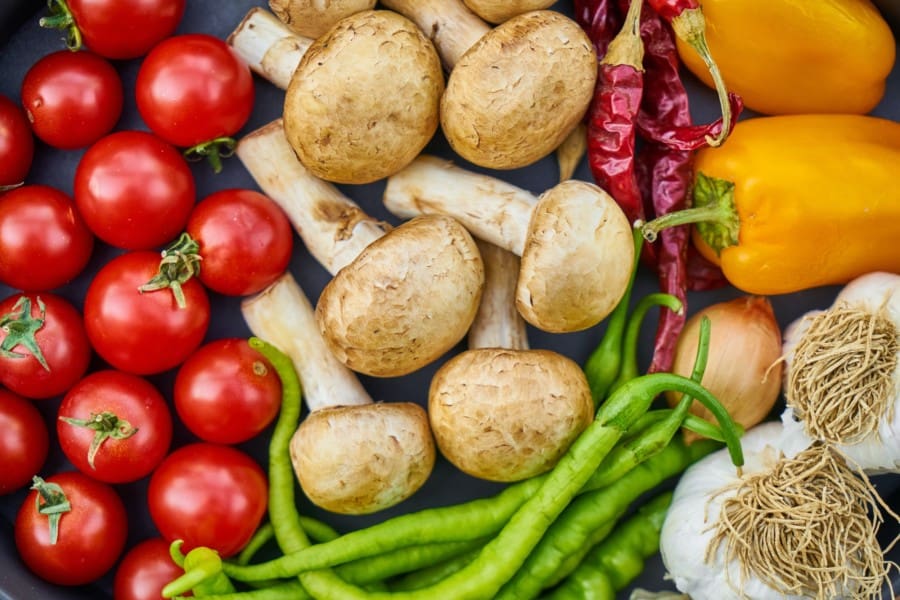
The majority of your carbs should come from vegetables. Not pasta, not bread, not potatoes, not sugar, but vegetables. Because vegetables will give you vitamins, minerals, and phytonutrients that your body needs. They also don’t spike blood sugar, as refined carbs would. And they are our only source of fiber, which helps keep the gut healthy.
Favor the vegetables with a lower glycemic index, especially before a fast, so that it won’t spike up your blood sugar level. The leafy greens and cruciferous vegetables we mentioned previously are perfect, like spinach, broccoli, cabbage, kale, or bok choy. Also, peppers, tomatoes, cucumbers, mushrooms, celery are great options.
Some other vegetables have a higher glycemic index, they are usually the starchier ones, like sweet potatoes, parsnip, white potatoes, russet potatoes.
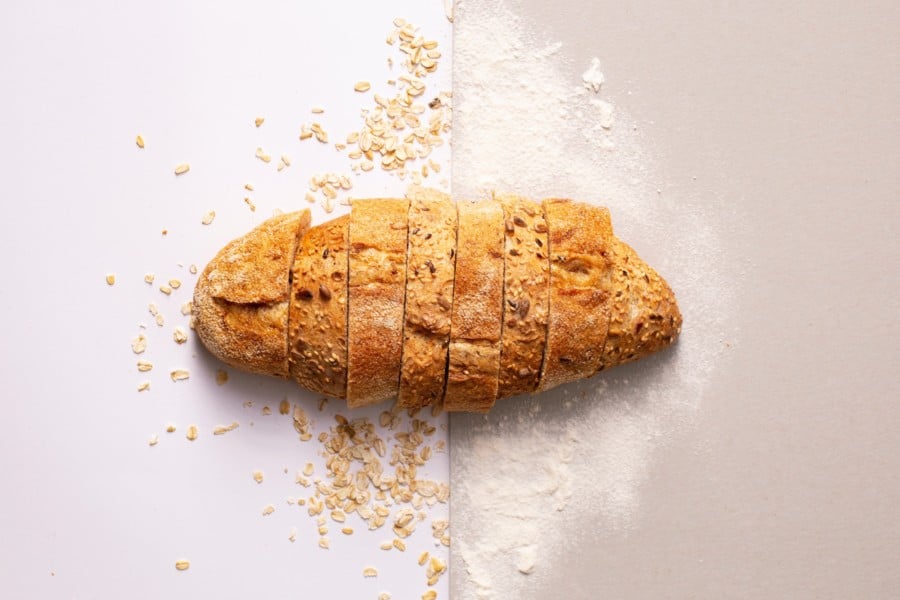
Does that mean you should give up on grains, pasta, and bread completely? Not necessarily, but watch the quantity (ideally 1/2 cup max per day). And prefer whole grains (less processed), organic and ideally ancient ones (not genetically engineered) like buckwheat, quinoa, amaranth, or black rice for example. They are also different options of pasta more easily available now, made from different cereals than wheat.
Experimenting will tell you what is best for you. If you feel bloated after eating or have difficulty digesting, you may want to reduce the quantity or change the type of grains you are eating.
Also, note that if you have high blood glucose, type 2 diabetes, or high inflammation markers, it’s best to stay away from grains completely.
Summing it up
Focus on eating lots of vegetables, enough proteins for your needs, healthy fats, and legumes first. You will get carbs from those foods already. If you add grains to your diet, watch the quantity and focus on high-quality ones as much as possible.
Electrolytes
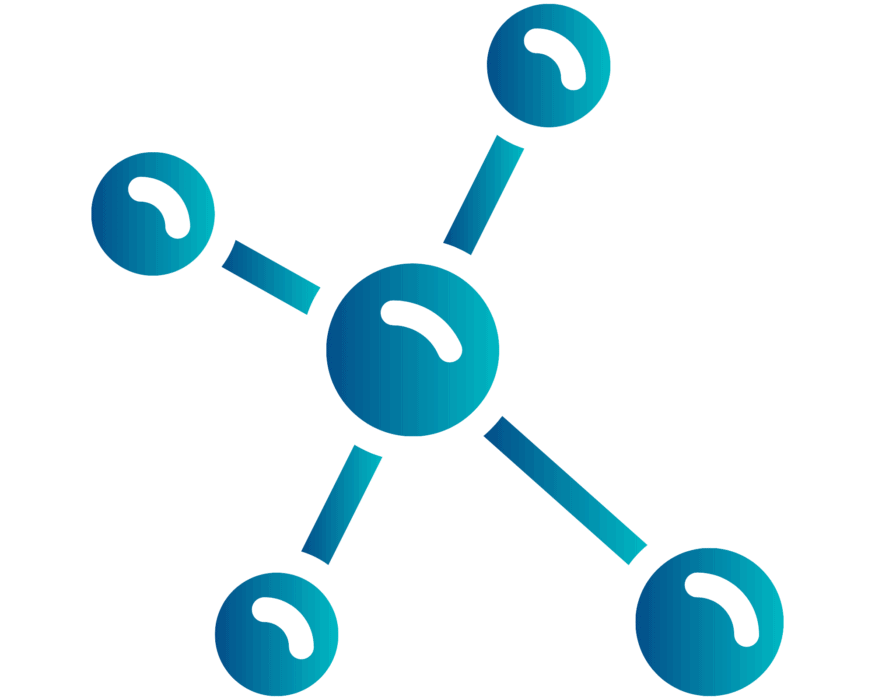
The main electrolytes are sodium, potassium, calcium, and magnesium. Electrolytes are extremely important for the good function of our cells, tissues, and ultimately our body. For an optimal function, we need an electrolyte balance, also called electrolyte homeostasis.
Electrolyte imbalance or disturbance can lead to serious medical emergencies if not addressed immediately.
The best way to maintain electrolyte balance is through proper hydration and a healthy diet. When fasting, we are going through long periods of time without replenishing them. So it’s important to make sure we get the proper nutrition and foods beforehand so that we don’t lack electrolytes early into our fast.
Focusing on eating a balanced and healthy diet from whole foods, as described above, is essential. Keeping salt intake higher before a prolonged fast can also help.
Take a gradual approach
Balanced diet

As you can see, the type of food to eat before a fast is nothing really new and different from what our daily nutrition should ideally look like, whether fasting or not.
But it becomes even more important when fasting as the body goes through long periods of time without any nutrients, vitamins, or minerals ingested. If your diet is not the best right now, making sure you first optimize it towards a healthier, more balanced diet first might be preferable. Before trying to start a new intermittent fasting routine. One thing at a time.
If you are planning to undertake a prolonged fast, your pre-nutrition will become even more important to make sure you start your fast in the best possible state.
Fasting duration
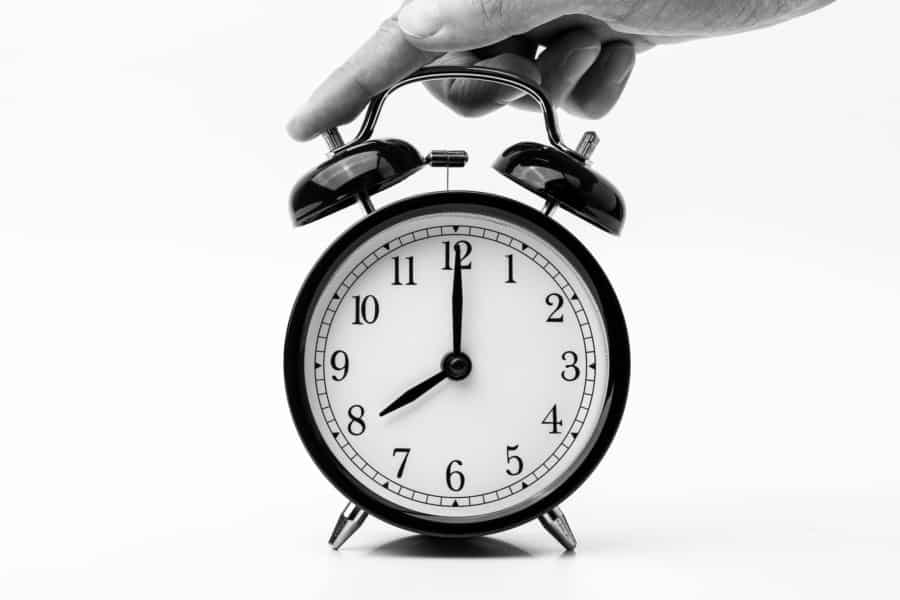
As you might have read in other articles, I am in favor of gradual change. If you are not currently fasting, starting by increasing your fasting window by one hour is key to success, in my opinion.
For example, if your current overnight fast lasts 12 hours, you may want to try reaching a 13-hour fasting duration first. And moving up by increments of one hour at a time when your body feels comfortable several days in row. Trying the 16/8 method on a daily basis right away would likely be very challenging and lead to giving up too early.
Gradual incremental improvements lead to longer and more sustainable behavioral changes, in my experience. Compared to radical new habit changes.
During and after the fast
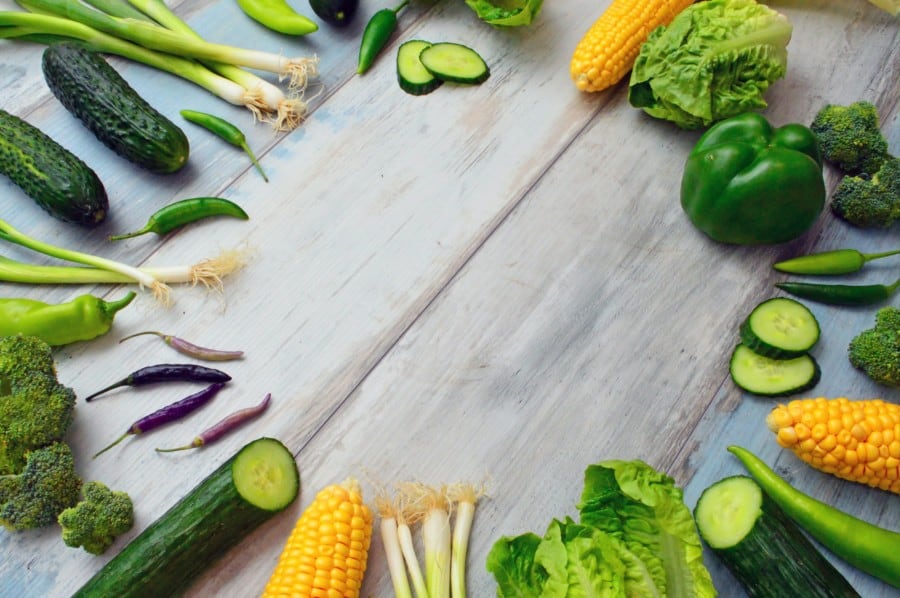
Now that we have guidance on what to eat and what to focus on before a fast, you may be wondering how to successfully go through your fast. If you want to start intermittent fasting, it might not be super easy at the beginning. Your body needs some time to adapt to your new eating schedule.
Similarly, if you are going through a longer fast than usual, it won’t likely be a walk in the park the first few times. But there are ways to best manage obstacles during a fast when hunger hits or if you feel like giving up. Check this article about the best appetite suppressants you can use to your advantage in those moments.
And what about breaking the fast? There are a few things to be aware of to do it safely. You can find all the information about what to eat after a fast here.
Meal ideas
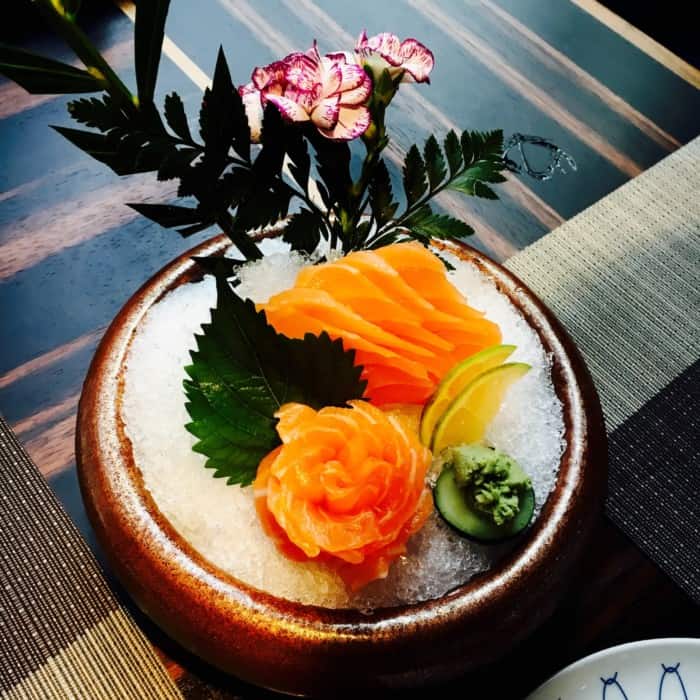
Here are a few suggestions of meals combining great sources of vegetables, proteins, and healthy fats, if you need a bit of inspiration:
- Wild salmon filets with vegetables (olive oil, mushrooms, bell peppers, onions and leafy greens like spinach, bok choy, kale or lettuce)
- Brown rice and lentils with sweet potatoes and leafy greens
- Zucchini noodles with pesto and chicken breast
- For breakfast or snacks: oatmeal or buckwheat with berries, chia seeds, and nuts
Conclusion
When fasting, what you put in your body the rest of the time becomes even more important. Everyone is different and there is not only one right way to prepare for a fast. But a good rule of thumb is that a healthy and balanced diet made of lots of vegetables and whole foods will be even more powerful when it comes to fasting successfully.
The information we provide at 24hourfast.com is not intended to replace a consultation with a qualified medical professional. By interacting with this site, you agree to our disclaimer. Read more
